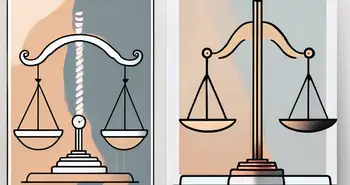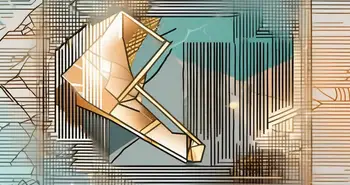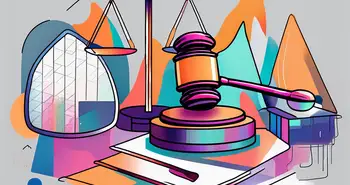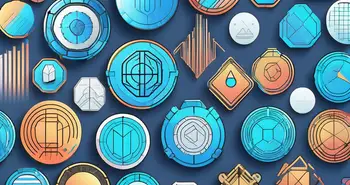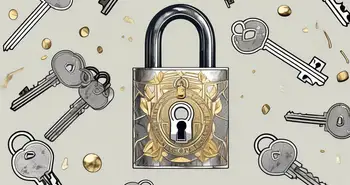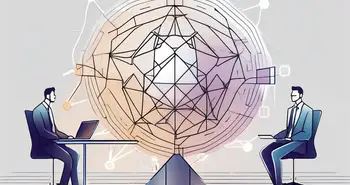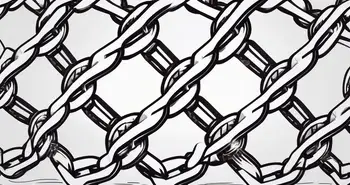What Is NFT Minting?
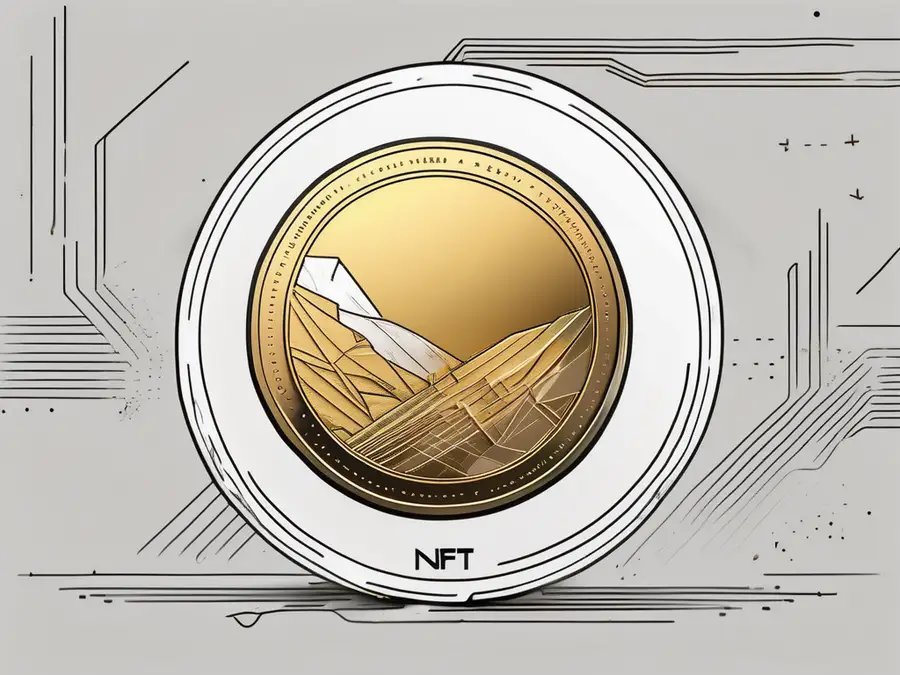
As an expert in the field of NFTs, I'm here to provide you with a comprehensive guide on NFT minting. NFTs, or Non-Fungible Tokens, have gained immense popularity in recent years, revolutionizing the world of digital ownership. In this article, we'll explore the basics of NFTs, understand the process of NFT minting, delve into the costs involved, highlight the importance of NFT minting, and discuss the risks and challenges associated with it.
Understanding the Basics of NFTs
Defining NFTs: A Brief Overview
Before we dive into the intricacies of NFT minting, it is crucial to have a solid understanding of what NFTs are. In simple terms, NFTs are unique digital assets that are stored on a blockchain, typically the Ethereum blockchain. Unlike cryptocurrencies such as Bitcoin or Ethereum, NFTs cannot be exchanged on a one-to-one basis as they possess distinct features, making them non-fungible.
How NFTs Work: The Technical Aspect
NFTs derive their uniqueness from the blockchain technology on which they are built. Each NFT is associated with a smart contract, which contains metadata that defines its characteristics, ownership details, and other relevant information. This decentralized approach ensures the immutability and traceability of NFTs, making it possible to verify their authenticity and ownership.
Now, let me tell you a personal story that showcases the power of NFTs. Last year, as an avid art collector, I stumbled upon a digital artwork created by a talented artist. Intrigued by its beauty, I decided to purchase the NFT associated with the artwork, thereby becoming the sole owner of this unique creation. This newfound sense of ownership and the ability to showcase my digital art collection to the world was truly fulfilling.
The Process of NFT Minting
Step-by-Step Guide to Minting NFTs
Minting an NFT involves creating a new digital asset and linking it to a specific blockchain. Here's a step-by-step guide to help you navigate through the minting process:
- Choose a suitable blockchain platform to mint your NFT. Ethereum is the most popular choice, but alternatives like Binance Smart Chain and Flow are also gaining traction.
- Create a digital artwork, collectible, or any other type of digital asset that you want to make into an NFT. Ensure that it meets the platform's guidelines and specifications.
- Prepare the metadata for your NFT, including its title, description, and any additional attributes or properties you want to include.
- Connect your digital wallet to the chosen blockchain platform.
- Upload your digital asset and metadata to the platform's NFT minting interface.
- Set the parameters for your NFT, such as the listing price, royalties, or any other desired features.
- Pay the required gas fees, which cover the network transaction costs, and confirm the minting process.
- Once your transaction is processed, your NFT will be minted and added to the blockchain, making it publicly accessible and tradable.
The Role of Blockchain in NFT Minting
Blockchain technology plays a crucial role in the minting of NFTs. It ensures the transparency, security, and authenticity of these digital assets. By leveraging the decentralized nature of blockchain, NFT minting eliminates the need for intermediaries, reduces the risk of fraud, and empowers creators and collectors alike.
As an expert in NFT minting, I highly recommend artists and content creators to explore this revolutionary space. Minting an NFT not only allows you to establish a direct connection with your audience but also enables you to retain ownership and receive royalties whenever your NFT is sold or traded.
The Costs Involved in NFT Minting
Understanding Gas Fees
When it comes to NFT minting on blockchain platforms like Ethereum, it is important to consider the gas fees associated with each transaction. Gas fees cover the computational power required to execute the transaction and vary depending on network congestion and transaction complexity. These fees can fluctuate greatly, so it's crucial to be mindful of them before minting your NFT.
Additional Costs to Consider
In addition to gas fees, there are other costs to consider when minting NFTs. These include platform fees, which are charged by the marketplace or platform where you choose to mint and list your NFTs. Some platforms charge a percentage of the sale price as a commission or listing fee. It's essential to research and compare these fees across different platforms to make an informed decision.
The Importance of NFT Minting
NFT Minting and Digital Ownership
NFT minting has redefined the concept of digital ownership. In the digital world, where content can be easily copied and shared, NFTs provide a unique way to prove ownership and establish value for digital assets. By minting an NFT, artists, musicians, writers, and creators of all types can assert their ownership rights and monetize their creations.
The Impact of NFT Minting on Artists and Creators
For artists and creators, NFT minting opens up a world of new possibilities. It allows them to showcase their work to a global audience, bypass traditional gatekeepers, and interact directly with their fans and collectors. Moreover, by leveraging smart contracts and blockchain technology, artists can receive royalties automatically whenever their NFTs are resold or traded, thus establishing a sustainable income stream.
Risks and Challenges in NFT Minting
Potential Risks of NFT Minting
While NFT minting offers exciting opportunities, it's essential to be aware of the potential risks involved. One significant concern is the lack of regulation in the NFT space, which can lead to scams or copyright infringements. It's crucial to be cautious and conduct thorough research before investing in or minting NFTs.
Overcoming Challenges in NFT Minting
To overcome the challenges associated with NFT minting, proper due diligence is necessary. As an expert in the field, I suggest educating yourself on the platforms and marketplaces available, understanding the terms and conditions, and assessing the reputability of the artists and creators you engage with. Staying informed and adopting best practices will help you navigate the NFT landscape successfully.
FAQs
What are NFTs?
NFTs, or Non-Fungible Tokens, are unique digital assets stored on a blockchain. They can represent anything from digital art, music, videos, collectibles, virtual real estate, and more. Each NFT has its own distinct characteristics and ownership details.
How are NFTs created?
NFTs are created through a process called minting. It involves linking a digital asset to a specific blockchain, typically by using smart contracts. Minting an NFT establishes its authenticity, ownership, and enables it to be bought, sold, or traded.
What are the costs involved in NFT minting?
When minting NFTs, it's important to consider gas fees, which cover the network transaction costs. Additional costs to consider include platform fees charged by the marketplace or platform where you choose to mint your NFTs.
What are the benefits of NFT minting for artists and creators?
NFT minting empowers artists and creators by allowing them to establish ownership and monetize their digital creations. It provides a direct connection with their audience, eliminates intermediaries, and offers the opportunity to receive royalties whenever their NFTs are resold or traded.
What are the risks in NFT minting?
Risks in NFT minting include potential scams, copyright infringements, and market volatility. It's crucial to conduct thorough research, educate oneself, and exercise caution before investing in or minting NFTs.
How can I overcome challenges in NFT minting?
To overcome challenges in NFT minting, it's important to stay informed, conduct due diligence, and adopt best practices. Educate yourself on the platforms and marketplaces available, understand the terms and conditions, and assess the reputability of the artists and creators you engage with.
In conclusion, NFT minting has revolutionized the way we perceive and interact with digital assets. By understanding the basics of NFTs, navigating the process of minting, considering the costs involved, recognizing the importance, and being aware of the risks and challenges, you can confidently engage in this exciting digital frontier and unlock new opportunities for creativity, ownership, and financial growth.
Ready to take your understanding of NFTs beyond minting and into the realm of trading? Look no further than Morpher, the innovative platform where you can trade NFTs alongside a diverse range of assets with zero fees and infinite liquidity. Whether you're a seasoned investor or just starting out, Morpher's unique features, such as fractional investing, short selling, and up to 10x leverage, provide a trading experience tailored to your needs. Embrace the future of investing with safety and control at your fingertips. Sign Up and Get Your Free Sign Up Bonus today, and join the Morpher community of traders who are reshaping the investment landscape.

Disclaimer: All investments involve risk, and the past performance of a security, industry, sector, market, financial product, trading strategy, or individual’s trading does not guarantee future results or returns. Investors are fully responsible for any investment decisions they make. Such decisions should be based solely on an evaluation of their financial circumstances, investment objectives, risk tolerance, and liquidity needs. This post does not constitute investment advice.

Painless trading for everyone
Hundreds of markets all in one place - Apple, Bitcoin, Gold, Watches, NFTs, Sneakers and so much more.

Painless trading for everyone
Hundreds of markets all in one place - Apple, Bitcoin, Gold, Watches, NFTs, Sneakers and so much more.



